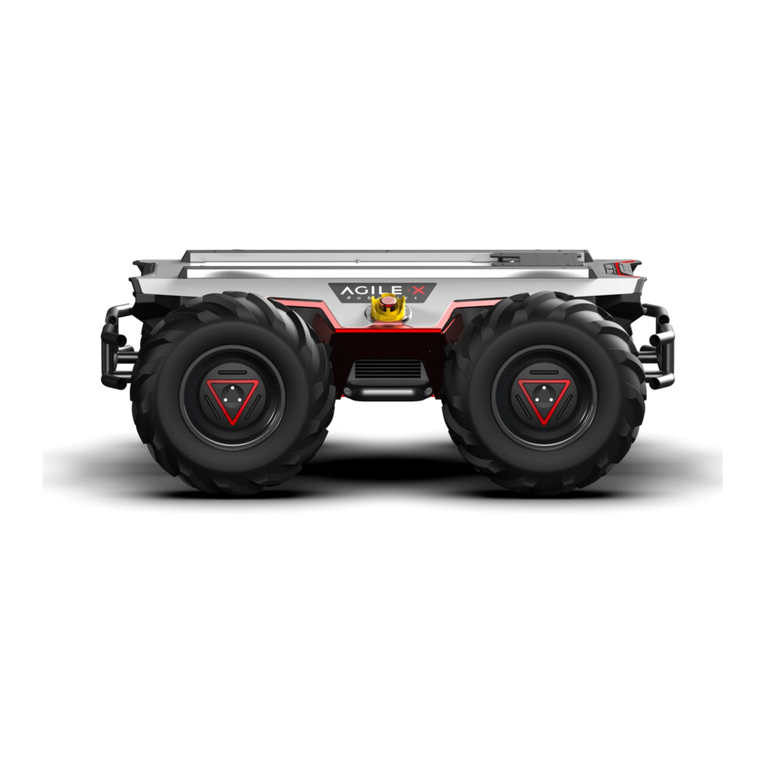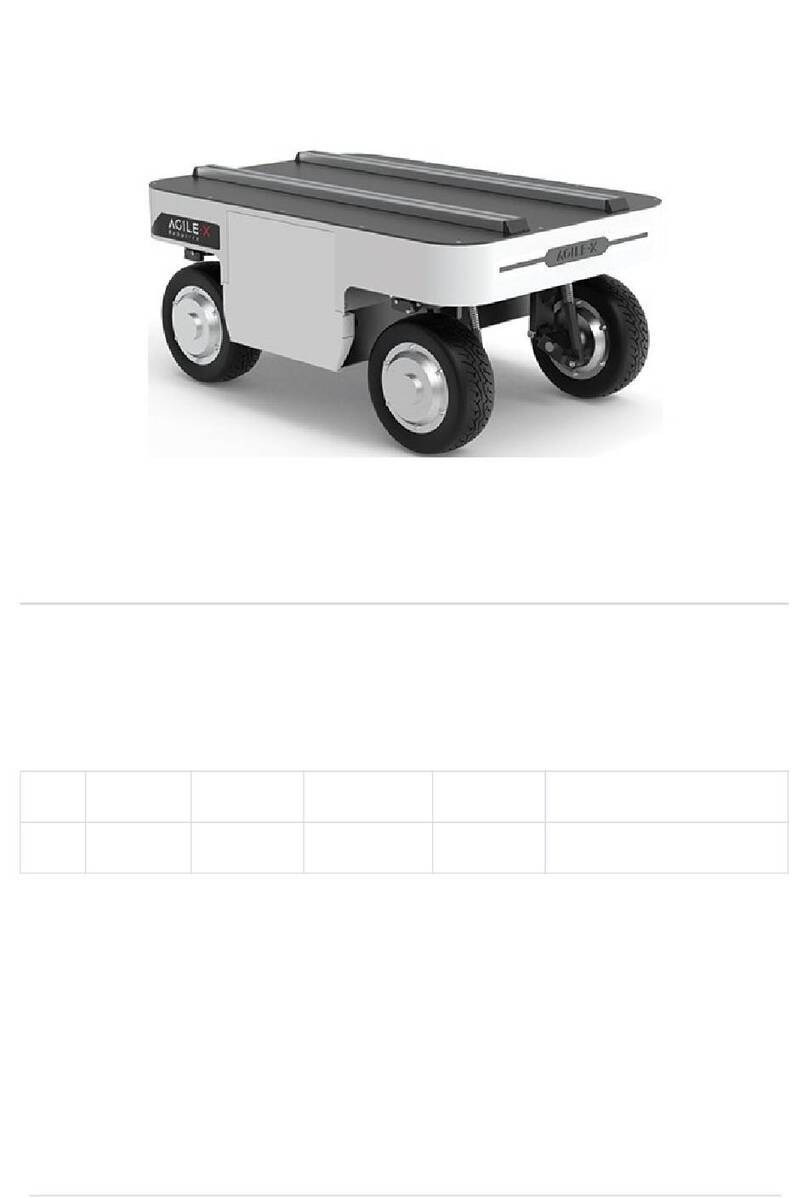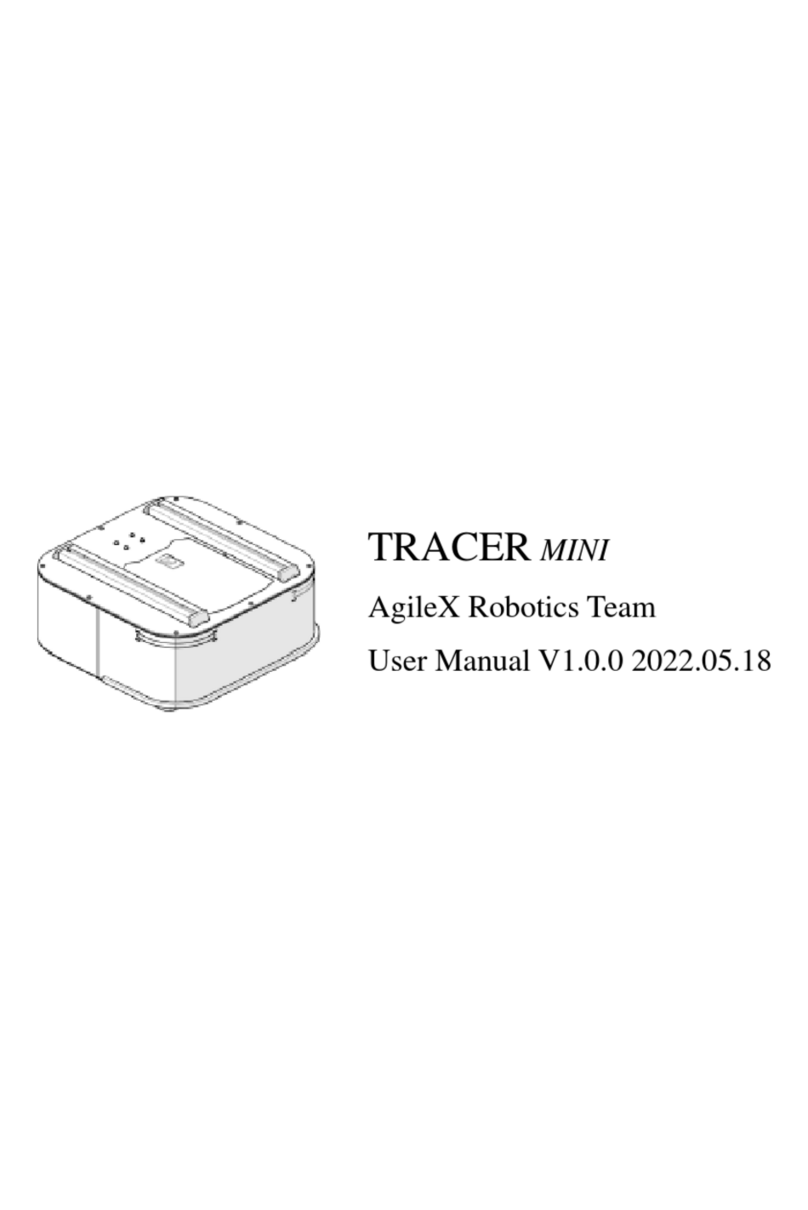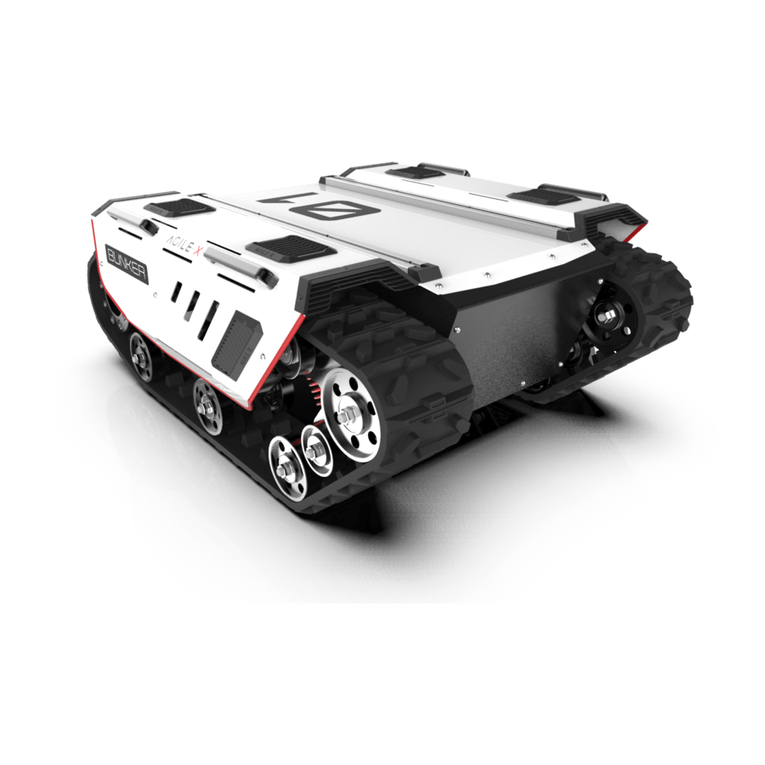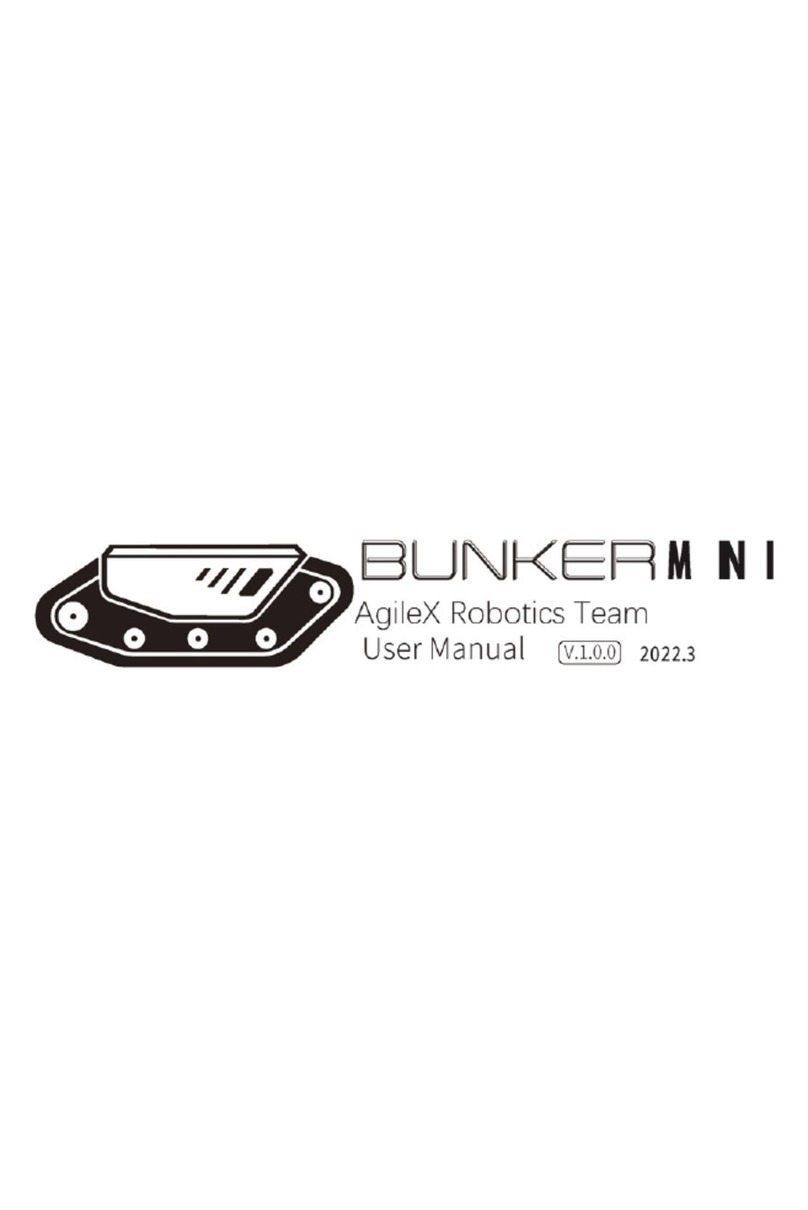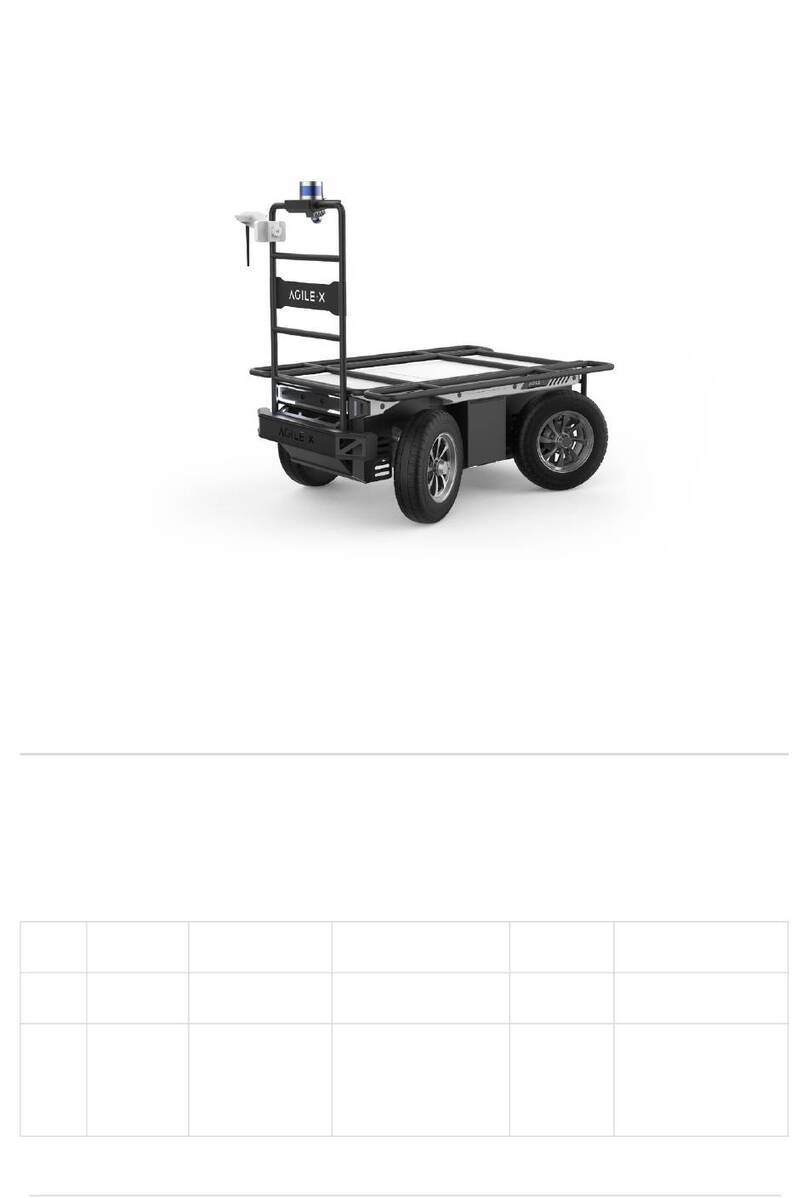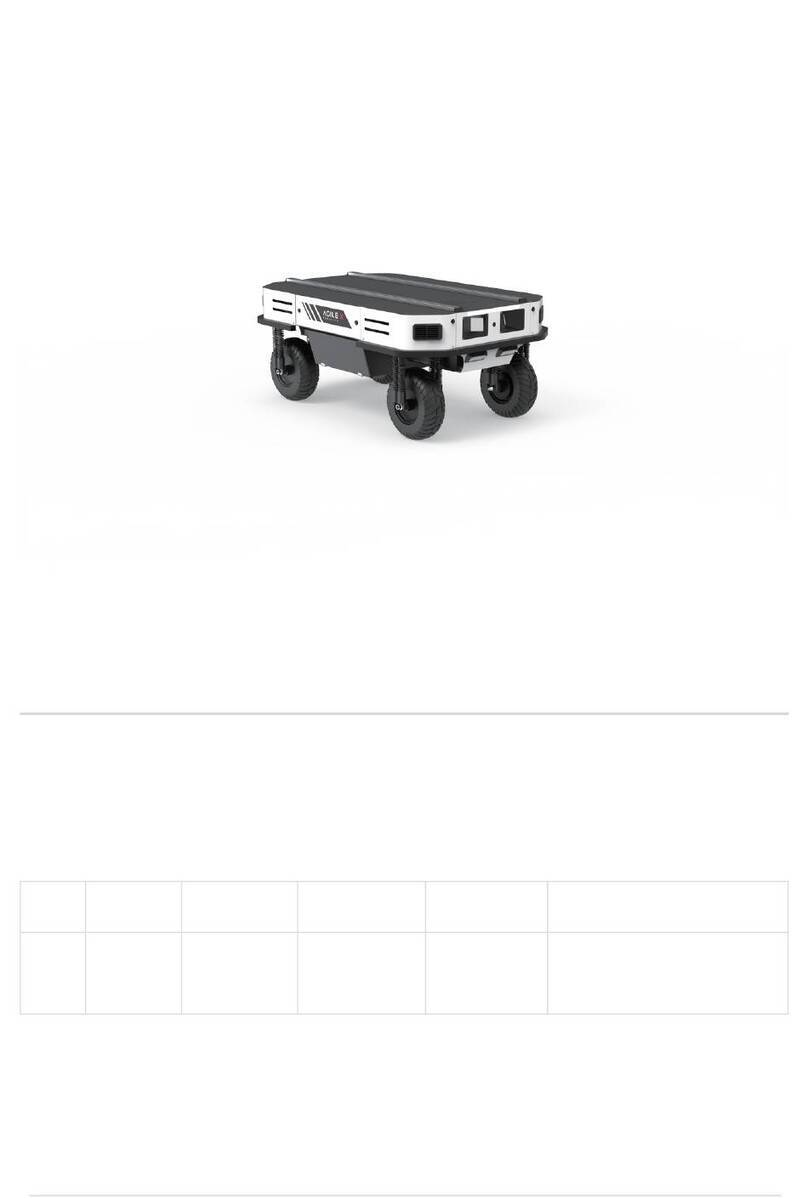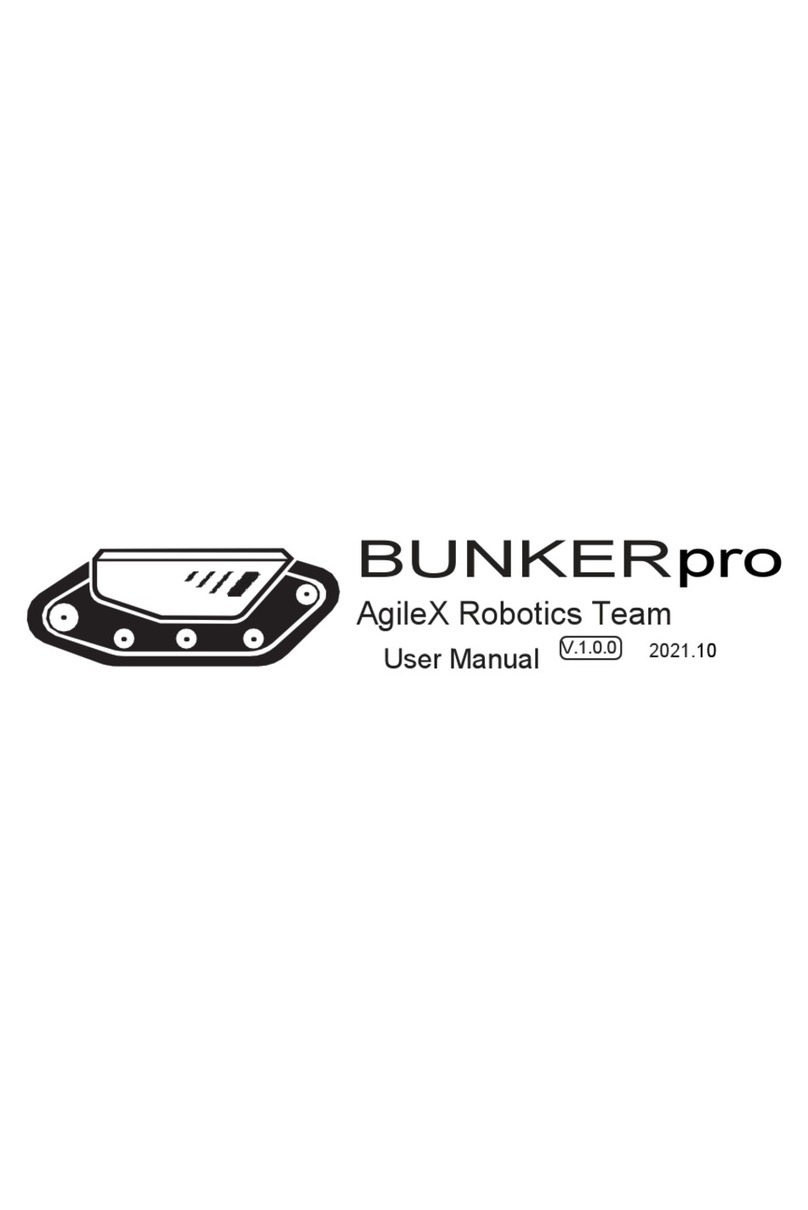
Safety Information
The information in this manual does not include the design, installation and operation of a complete robot
application, nor does it include all peripheral equipment that may affect the safety of the complete system. The
design and use of the complete system need to comply with the safety requirements established in the standards
and regulations of the country where the robot is installed.
HUNTER SE integratorsand end customers have the responsibilityto ensure compliance with the applicable laws
and regulations of relevant countries, and to ensure that there are no major dangers in the complete robot
application. This includes but is not limited to the following:
1. Effectiveness and responsibility
Make a risk assessment of the complete robot
system.
Connect the additional safety equipment of other
machinery defined by the risk assessment together.
Confirm that the design and installation of the entire
robot system's peripheral equipment, including
software and hardware systems, are correct.
This robot does not have the relevant safety
functions of a complete autonomous mobile robot,
including but not limited to automatic anti-collision,
anti-falling, creature approach warning, etc.
Relevant functions require integrators and end
customers to conduct safety assessment in
accordance with relevant provisions and applicable
laws and regulations to ensure that the developed
robot is free of any major hazards and hidden
dangers in practical application.
Collect all the documents in the technical file:
including risk assessment and this manual.
2. Environmental
For the first use, please read this manual carefully to
understand the basic operating content and operating
specification.
It is strictly forbidden to carry people
For remote control operation, select a relatively open
area to use HUNTER SE, because it is not equipped
with any automatic obstacle avoidance sensor.Please
keep a safe distance of more than 2 meters when
HUNTER SE is moving.
Use HUNTER SE under -10°C~45°C
ambient temperature.
The waterproof and dust-proof capability of
HUNTER SE is IP22.
3. Pre-work Checklist
Make sure each equipment has sufficient power.
Make sure the vehicle does not have any obvious
defects.
Check if the remote controller battery has sufficient
power.
When using, make sure the emergency stop switch
has been released.
4. Operation
Make sure the area around is relatively spacious in
use.
Carry out remote control within the range of
visibility.
The maximum load of HUNTERSE is 50KG.
When in use, ensure that the payload does not
exceed 50KG.
When installing an external extension, confirm the
position of the center of mass of the extension and
make sure it is at the center of the vehicle.
Please charge in time when the equipment is low
battery alarm.
When the equipment has a defect, please
immediately stop using it to avoid secondary
